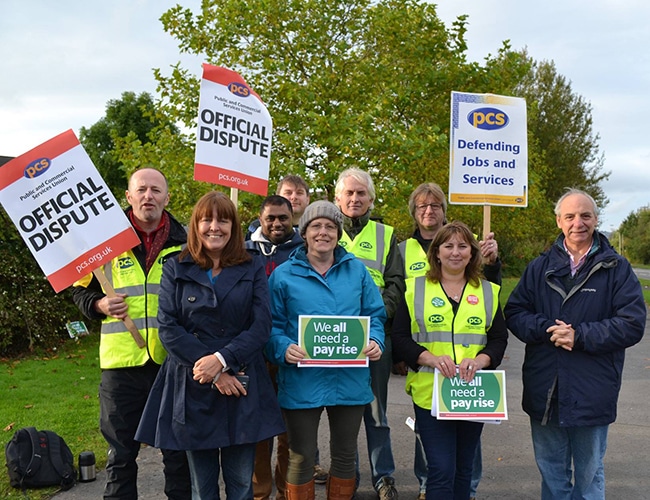- 29/04/2019
- Posted by: Mike Hedges MS
- Category: Latest News

I would like to strongly object to this application which proposes burning 25,000 tons of commercial waste a year next to a school, houses and nature reserve in my constituency.
I believe that this is a case which should have been called in and determined by the Welsh Government; it is regrettable that this option has been rejected.
I believe that this application is against the principles of the Future Generations Act ( 2015) which places a duty to consider the impact of decisions on future generations. This is an application which is not just going to have a short term impact, it is one which will continue to impact on the Health and Well Being of the people in Swansea for many decades to come.
A report made in May 2018 by the World Health Organisation (WHO) stated that current air pollution levels (of PM2.5) for Swansea stand at 13 micrograms per cubic meter (exceeding the limit of 10 micrograms per cubic meter). This current level of air pollution is what would be expected in a city 40 times the size of Swansea The addition of a plant burning 25,000 tonnes of rubbish would only add to pollution levels in Swansea, especially if large proportions of the waste is plastic; as I understand from a report by the UK Without Incineration Network (UKWIN): Evaluation of the climate change impacts of waste incineration in the United Kingdom reveals that each ton of plastic waste burnt releases 1.43 tons of co2.
Also, according to the report, a typical waste incinerator built in 2020 would release 2.8 million tons of fossil CO2 over its 30-year lifetime. Even when electricity generation is taken into account, the report states that incinerators are responsible for releasing around 1.6 million tons more CO2 than sending the same waste to landfill. The report claims that when waste is landfilled, a large proportion of the carbon in waste is stored underground, whereas CO2 is released immediately through waste incineration. The co2 savings Biffa claim through reduced journeys to Merthyr are small compared to the extra co2 that could be generated from burning its waste.
We know that the East side of Swansea has some of the highest Asthma rates in the city and any further increase in airborne particulates are going to create further problems for people with respiratory problems.
The proposed site is located 165 meters from the nearest residential property and 400 meters from Ysgol Lon Las. I believe is entirely incompatible with the neighboring land uses as identified in the local authority LDP and would result in an unacceptable impact to neighboring amenity of Swansea Vale nature reserve from pollution ( as outlined above) and traffic generated to and from the site, and the potential for noise, dust, vibration, fumes and odor arising from the operation.
I believe that the stack for the facility will be 25M high (or approx. 75ft high). Due to the geographical characteristics of the area the facility is at a low level, whereas the nearby properties and school are at a higher level. This feature means that some properties are level with the stack and any pollutants released will be released at what for these properties will be ground level or room level; this will have a significant potential impact on these people.
I believe that there is a significant number of concerns relating to this application. For these reasons I would hope that the application is rejected.

